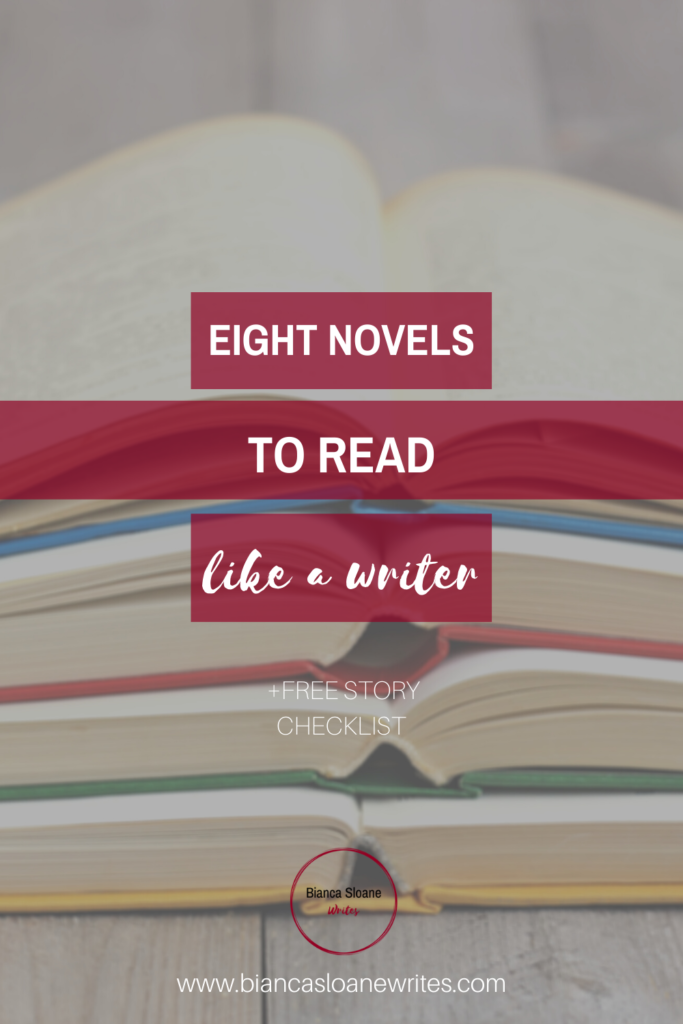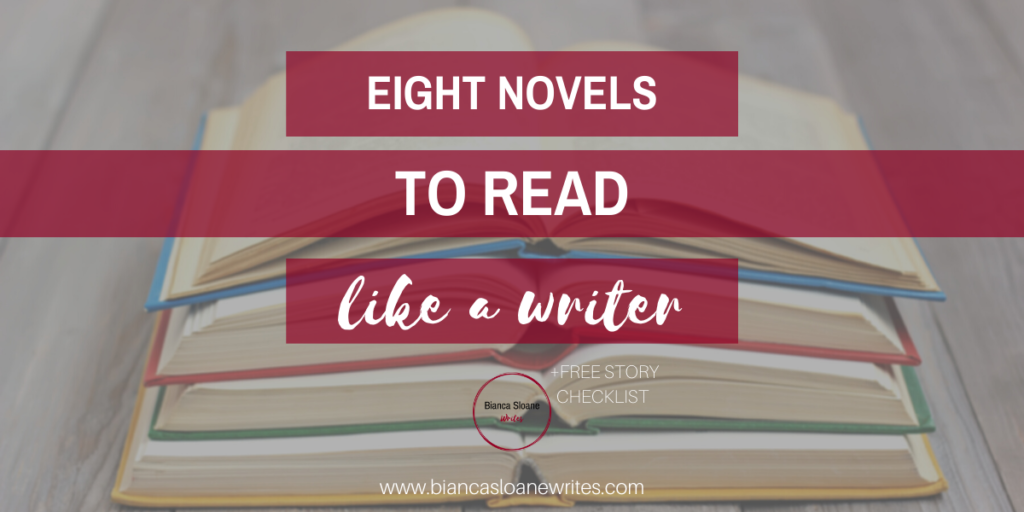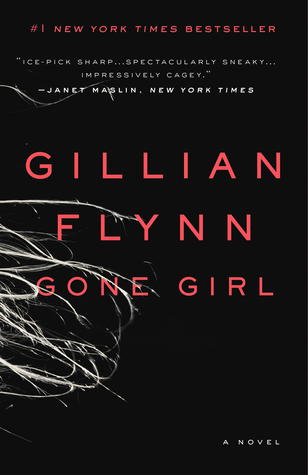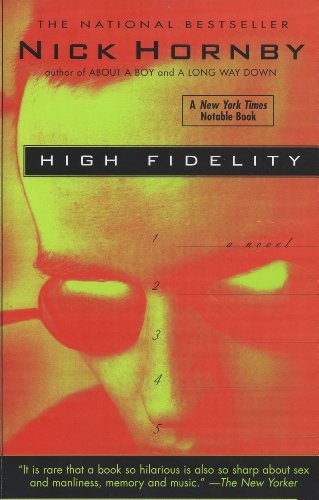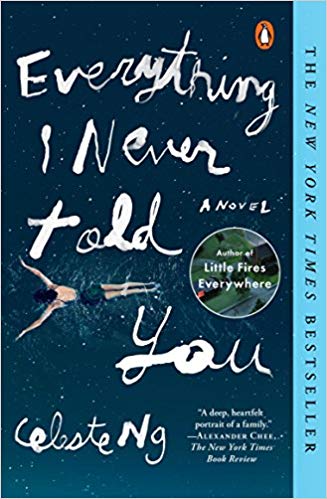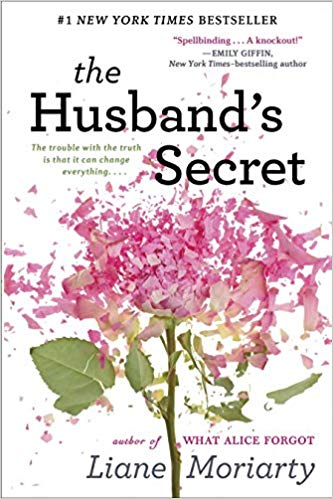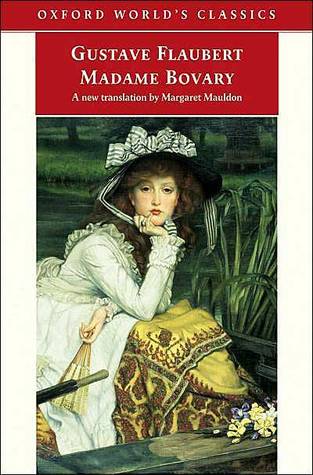Eight Novels to Read Like a Writer
What does it mean to read a novel like a writer?
Well, as you start to dive deeper into the foundations of fiction writing, you’re likely to notice a subtle shift in how you read fiction. To paraphrase Stephen King, if you don’t have time to read, you don’t have time to write.
Reading is a critical component toward expanding your writing abilities. There is much to learn from favorite authors or popular novels (even lesser-known works can prove invaluable) including character development, plotting, story structure, themes, pacing, dialogue – the list is endless. In fact, you can (and should!) take certain novels and use them as textbooks to help you gain a better grasp on certain aspects of the craft you may be struggling with or aren’t familiar with.
Below is a list of novels across a variety of genres that can teach new writers a lot about the craft, from plotting to characterization. While it’s of course far from a comprehensive list, it will definitely get those creative reading juices flowing.
“Gone Girl,” by Gillian Flynn – We’ve all heard by now about the praise heaped upon Flynn’s breakout book and the acclaim is warranted. From the sharp characterizations and deft, unusual prose, this book is one of those page-turners that will haunt you long after “The End.”
Aspects of the craft to study: Characterizations, cliffhangers, story structure.
“High Fidelity,” by Nick Hornby – “If you want the facts, read non-fiction. If you want the truth, read fiction.” Joy Fielding.
Fiction, by its very nature, is designed to make us feel something. The thoughts, feelings, and experiences of a character can evoke something in the reader that mimics their own thoughts, feelings, and experiences. It’s the, “gosh, that’s exactly what fill-in-the-blank feels like,” moments. Little moments in High Fidelity like Rob making sure to wear his “good” underwear on a date, or measuring life in terms of music and top five lists pluck a “truth” cord.
Aspects of the craft to study: Truth in fiction or moments big and small that mirror real life thoughts, feelings, and experiences.
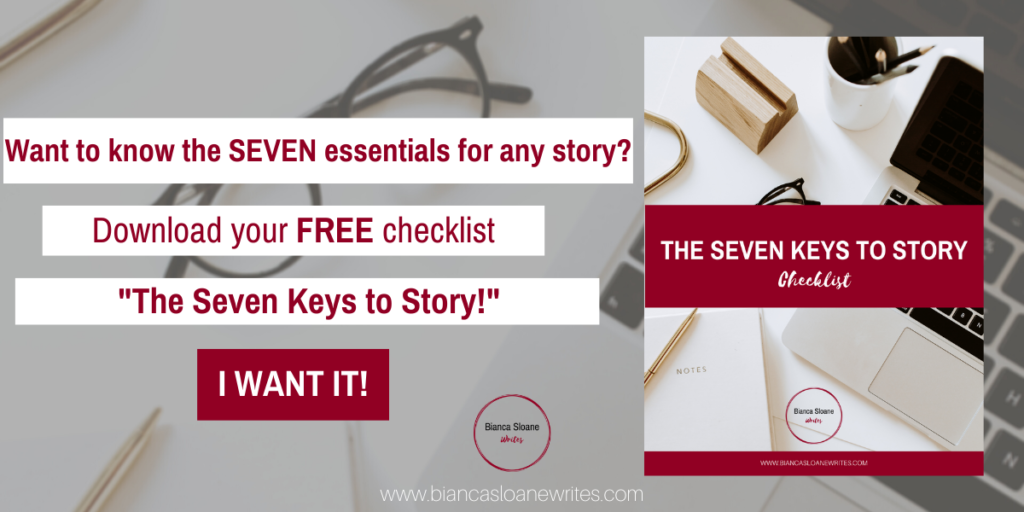
“Everything I Never Told You,” by Celeste Ng –The depth of emotion in “Everything I Never Told You,” is searing. From illustrating the struggles of being a mixed-race family in an Ohio suburb in the 1970s to the lyrical prose, “Everything I Never Told You” is a near-perfect novel.
Aspects of the craft to study: Though the entire book is a masterclass, pay special attention to the prose and character development.
“The Husband’s Secret,” by Liane Moriarty – The unusual narrative structure masterfully weaves all of the individual stories together into one irresistible tapestry. The sly, subtle humor and layering of thought-provoking themes without being preachy are also impressive.
Aspects of the craft to study: Multiple POVs, story structure, pacing.
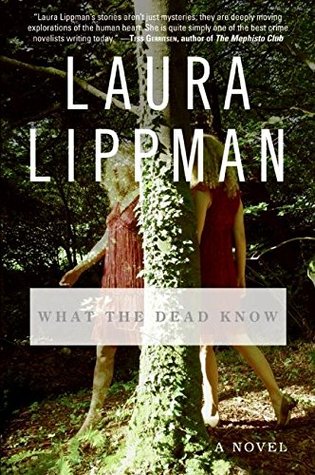
“What the Dead Know,” by Laura Lippman – In addition to the superb plotting, Lippman’s skill at intertwining the history and culture of Baltimore into her stories is on glorious display here. Based on the real-life mysterious disappearance of the Lyon Sisters, this absorbing, poignant novel takes hold from page one and doesn’t let go until the haunting end.
Aspects of the craft to study: Story plotting, weaving history into fiction, incorporating real places into the narrative/setting.
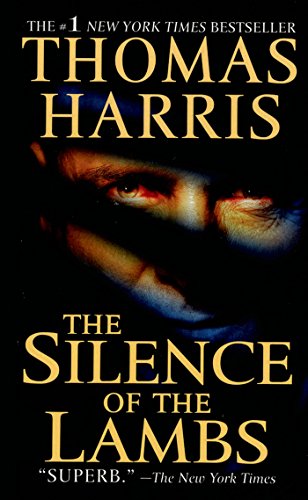
“Silence of the Lambs,” by Thomas Harris – This is a rare instance of both book and movie being letter perfect. Both are masterpieces of psychological terror, with the narrative thrust (the logical connection of each scene, each chapter toward a dramatic resolution) developing in agonizing, peerless fashion.
And, oh, yes . . . Dr. Hannibal Lecter.
Aspects of the craft to study: Narrative thrust, multidimensional antagonist.
“Madame Bovary,” by Gustav Flaubert – A masterful example of how character drives plot, or how a character’s personality frames how they act and react to the events unfolding around them. This relatively simple story of an emotional vampire is characterization at its finest. Emma Bovary is a chilling study of madness and it is her descent into depravity that drives every note of this stunning tale.
Aspects of the craft to study: Character. Drives. Plot.
“Beloved,” by Toni Morrison – Warning: “Beloved” is not any easy read. Neither its subject matter (slavery) or magical realism style allow for breezy reading. However, there is no question that Toni Morrison can work wonders with the 26 letters of the alphabet. Her descriptions are so lyrical, they border on the otherworldly. And she can wring more emotion out of two words than most writers can out of two sentences.
Aspects of the craft to study: Sentence craft, emotionally evocative prose.
What are some of your favorite novels to read like a writer?
Pin for later!
